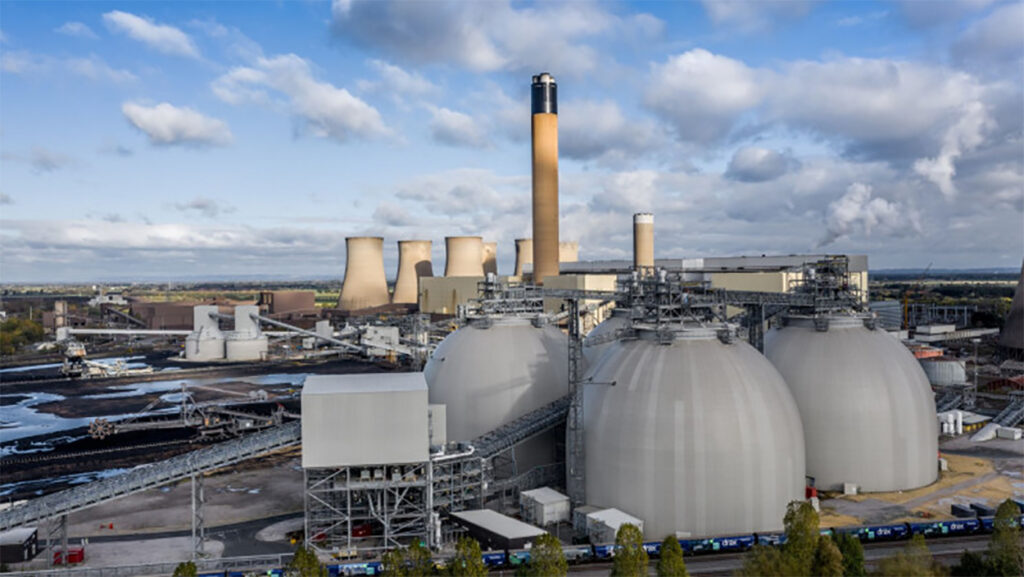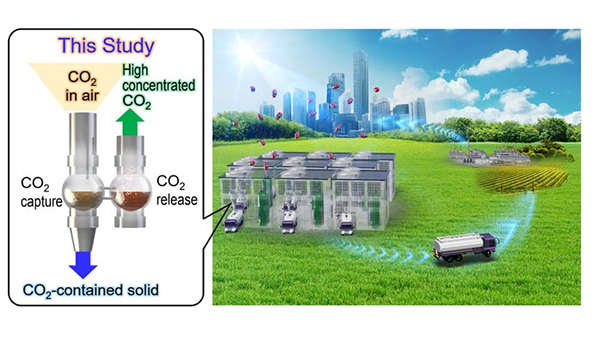New Japanese Carbon Capture Method: Faster and More Efficient

Today, carbon dioxide (CO2) emission is almost on everyone’s lips. It is a principal contributor to pollution and one of the biggest causes of climate change.
Many countries are employing different measures to curb carbon dioxide emissions. A research team from the Tokyo Metropolitan University (TMU) recently announced developing a new direct air capture technique to catch CO2. According to the team, led by Professor Seiji Yamazoe, their approach has an efficiency rate of 99 percent.
Cleaner sources of energy
The world is searching for and shifting to cleaner energy sources. But there is a delay in the transition. International and local initiatives to reduce greenhouse gas emissions from fossil fuels exist, such as the United Nations Framework Convention on Climate Change (UNFCCC), Kyoto Protocol, Paris Agreements, etc. But the fact is greenhouse gas emissions continue to rise. Industries, transportation, and homes still release tons of CO2. Countries apply many strategies to implement carbon capture technology, including direct air capture (DAC).
What is CO2 direct air capture?
Using this method, the proponent extracts the carbon from the air directly. Then, they can use the carbon to make synthetic fuels, use it in food processing, or store it in deep geological formations, according to the International Energy Agency (IEA).
Proponents can use two fundamental approaches to capture carbon. First, they can use liquid DAC, wherein the air passes through liquid systems to start a chemical reaction between carbon dioxide and a liquid solution to trap CO2. The second solution is to use solid DAC. In this method, they employ solid sorbent filters. The filters react to carbon dioxide and bind the gas to them. These two are reversible systems. They can still release the carbon dioxide they trapped using high temperatures. Likewise, the two systems are reusable.
Carbon capture developments
Although the two systems to capture carbon work, they are not efficient. Still, several countries build large-scale systems based on any of the two methods. However, as the system continues to trap carbon, it loses its efficiency. Further, the recovery of the gas is expensive.
Professor Yamazoe said that his TMU research team is working on a liquid-solid phase separation system for carbon capture. They combined the processes of the two existing systems. First, they capture the carbon using the liquid approach. But instead of trapping the gas in the liquid solution, they use a process that delivers a chemical reaction, which causes the trapped gas to become insoluble and later solidify.
In the TMU process, the team focuses on liquid amine compounds as their trapping solution. But they are still working on the structure of the compound to improve the reaction rate to increase its efficiency and speed.
The research team uses an isophorone diamine (IPDA) compound. With this solution, the team reached 99 percent efficiency when working with 40 parts per million carbon concentrations. According to them, the trapped carbon crystalizes as carbamic acid, and the reaction rate from their method is twice as fast as the top DAC systems existing worldwide.
Aside from the easier method of capturing carbon, the TMU research team says that the release is also simple. They only need to heat the carbamic acid at 140 degrees Fahrenheit (60 degrees Celsius) to recover the gas and reuse it to trap carbon.
Experts believe that the system, when fully developed, will create many applications for large-scale systems for carbon capture, which countries worldwide can adopt.
